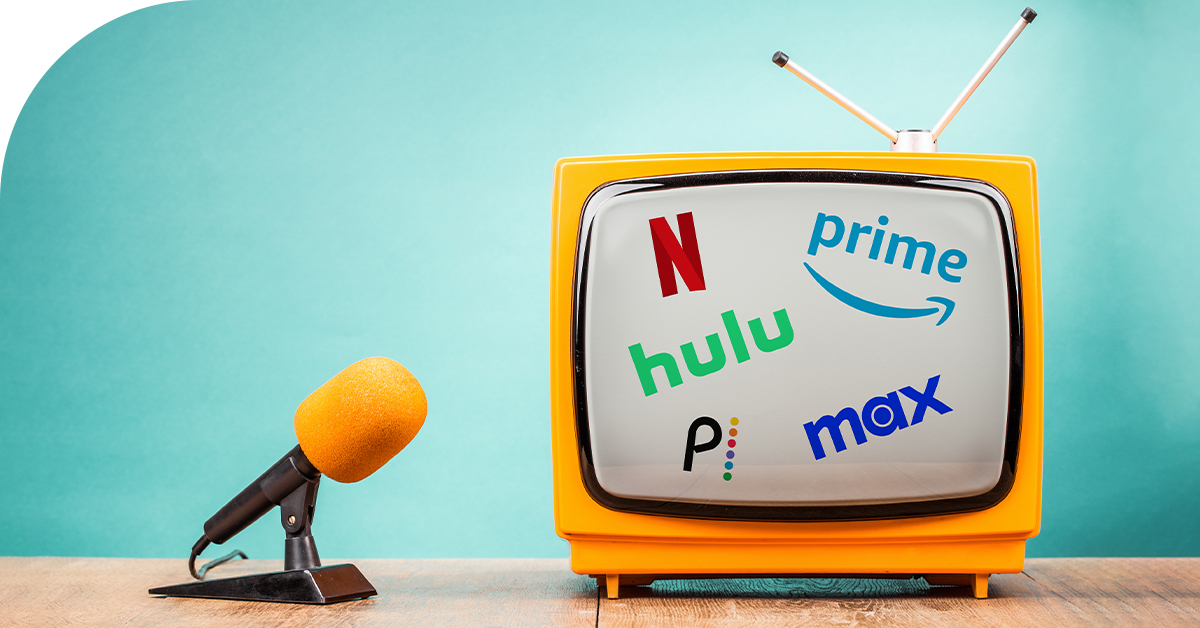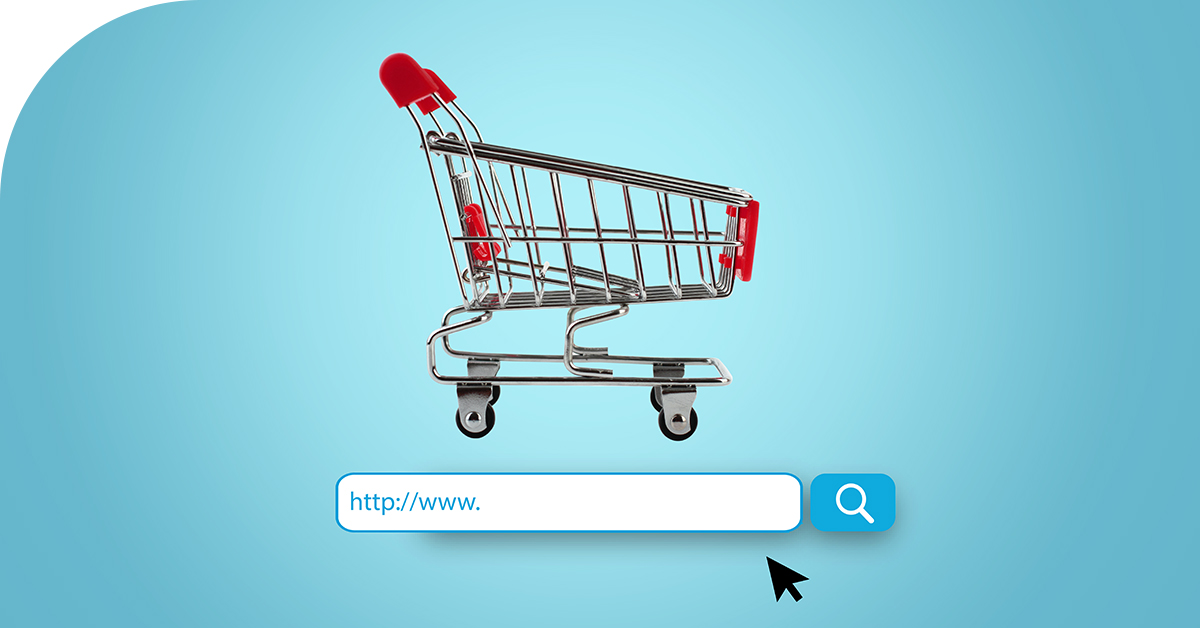Native advertising is rising fast in popularity, and effectiveness, in today’s digital advertising landscape. Consumers have become much more sophisticated in how they discover and interact with content online. Native advertising breaks the mold of most other digital tactics and allows brands to communicate with consumers in a subtle and content-driven way.
With the amount of content available on the internet, there is simply not enough time to consume it all. The nature of native advertisements works exceptionally well to reach users with relevant content while subverting ad-blocking tendencies.
Jump to:
Setting up a native ad campaign
Optimizations & best practices for campaigns
What is native advertising?
Native advertising is a creative asset type that allows branded messages to fit seamlessly within a publisher’s website by matching their surrounding environment. With a consistent look to other content on the website, native ads engage audiences rather than disrupt their experience. The goal is to entice customers with informative content that leads them to engage further with a brand.
Unlike display ads or banner ads, native ads don’t really look like ads. They look like part of the editorial flow of the page. When a native ad is programmatically bought, the fields are placed in an ad unit stylized by the publisher so that it fits into the context and design of the publisher’s website. This less branded creative format includes a header, body copy, and an image, and allows marketers to have a content-focused approach. Often native ads reutilize blogs, articles, and whitepaper downloads that have already been published elsewhere but are instrumental in driving new customers through the marketing funnel. Native advertising is a great targeting tactic for demand generation in B2C campaigns with long sales cycles or B2B campaigns.
Native ad types
Native ad units vary in look and placement to match the publisher’s content style but are often listed as promoted or sponsored content. Depending on the publisher’s specifications your ads could appear in a few different forms.
In-feed native ads are what most people imagine when thinking of native ads. They are placed right alongside a website’s usual content. These types of placements could be written articles, videos, or images, depending on the types of content the publisher regularly creates. In-feed content also offers flexibility in where you take the users after clicking on the native ad. Some content can be created in collaboration with the publisher and be natively published on their website, or it could link off the page and take users to your website.
Native ads in the recommendations form are found at the end of a publisher’s piece of content and suggest more content that could be considered relevant to the article the user just finished. Often you will see them under a header that says “Recommended for you” or “You may also like…” For that reason, users are more likely to identify these as native ads.
Native search ads are ordinarily found at the top of search engine results pages. Like other forms of native ads, they are meant to look like regular search results based on the user’s query. They feature a small amount of preview text and a link to your website, as long as you are able to fulfill the user’s request.
Promoted listings are found primarily on e-commerce sites. Like native search ads, they appear at the top of search results on e-commerce sites and promote a sponsored product relevant to the user’s search. Think of the sponsored product results on sites like eBay or Amazon.
This type of native advertising looks like a standard display ad found outside the content feed, but has significant contextual relevance with the publisher. For example, a publisher could place an in-ad native advertisement leading to a product page that is mentioned by name within the content the user is reading.
Setting up a native ad campaign
Incorporating native ads into existing Choozle campaigns takes less than five minutes and can increase your click-through rate by two to three times that of a display asset. You can easily leverage powerful first and third-party data audiences, keyword lists, or contextual targeting parameters that have already been established for your other Choozle ad groups in order to refine the targeting of your native ads.
Choozle makes the inventory of more than ten supply-side platforms available when you establish a native ad group. Since native ads fit seamlessly within the user experience of the existing publisher’s site, creatives are built to reflect certain aspect ratios, and the exact inventory dimensions will vary from publisher to publisher.
When native creative assets are uploaded you will be able to add them to an ad group. You can still review all approved native creative. Next, you will need to set a geolocation. Geolocation is a required component of all campaigns within Choozle.
Native ads are a creative type that can also have additional targeting tactics layered on your ad group for refined targeting and maximum impact. But since native ads are a premium inventory type, there is less inventory available and thus should not have too narrow of targeting applied.
Finally, you can review your advanced settings to make additional bid adjustments based on device types, fold placement, scheduling, and more. For more information on the different options available under advanced settings and how to set them up view the Knowledge Base article on Advanced Settings.
Once your native ad group is running, reporting will populate in the dashboard and native creative performance can be found in the creative tab of the detailed reports.
Optimizations & best practices for campaigns
Target for content
Native advertising is unique compared to other creative types in that native ads have a lot less to do with the ad itself and more to do with the content you are connecting users with. Targeting for content is almost more critical than audience targeting with native ads. Native ads don’t work if you are looking for a hard sell. Encourage engagement, share best practices, and position your brand as a thought leader by building credibility.
Consider user intent
Piggy-backing off the previous best practice, native ads are most effective when they look like a part of the editorial flow. The key to native advertising is a non-disruptive experience. Native ads can expose the reader to your advertising without sticking out like a sore thumb. Your creative ad content should match the intent of the user so well that they don’t even realize they have been served an ad.
Use native advertising in combination with other channels
Native advertising is just one aspect of a holistic marketing strategy that feeds customers down the marketing funnel. Native ads are great for building brand awareness and forming retargeting groups, but they should be working together with all your cross-channel marketing plans in display, mobile, search, or social.
Don’t shy away from experimentation
Like most other tactics, we encourage you to experiment and make adjustments to improve campaign performance. Utilize creative reporting to determine how your ads are performing and explore what changes can be made, same as display ads. But beware of layering niche data, keyword, or site targeting on native creatives as the smaller amount of inventory could drive CPMs too high.
Native advertising is a fast-growing tactic in the digital advertising landscape. The rising demand for highly engaging, non-disruptive content leads users to put more trust into native ads and increases engagement by up to 60% compared to banner display ads. And remember, users are getting smarter, and can easily recognize spam and clickbait, so it is vital to respect the user and keep their experience as native as possible.

About the author:
Zack is a Content Specialist at Choozle – Easy Digital Advertising®. Always learning and connecting the dots, Zack helps translate some of the tougher answers to simple questions marketers ask themselves. Outside of the office, Zack loves hunting for old vinyl to add to his collection and picking up garbage on his favorite walking trails.








